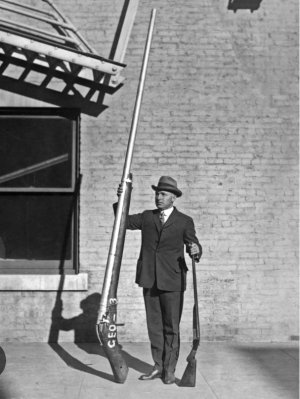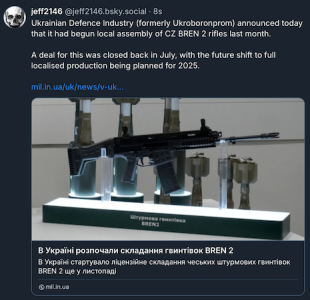kage69
Lifer
- Jul 17, 2003
- 30,933
- 46,404
- 136
So Ukraine has put guns and ballistic computer powered sights on those seababy USVs. Made some Russians in the Kerch Bay not have a good time.
Apparently they've damaged fast movers and riddled at least one Mi-8 to the point crew/passengers were KIA.
23mm? 14.5mm maybe? Would they go as low as 7.62? Idk but I'm diggin the wee gun boat concept. Get some.
Apparently they've damaged fast movers and riddled at least one Mi-8 to the point crew/passengers were KIA.
23mm? 14.5mm maybe? Would they go as low as 7.62? Idk but I'm diggin the wee gun boat concept. Get some.
Last edited:









